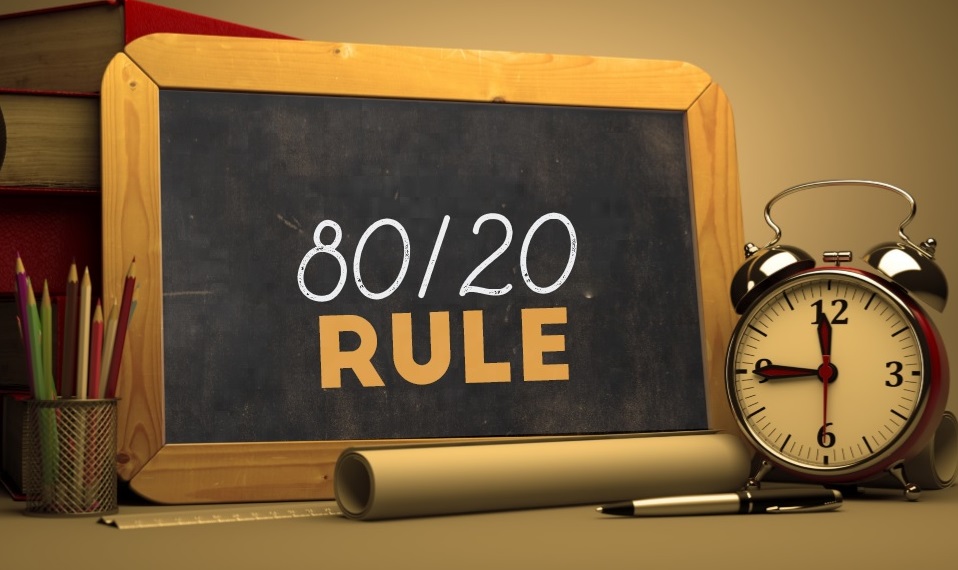Written By: Scott Koepf , V.P. of Strategic Development – Cruise Planners
The term big data is trendy now, but it may seem beyond the capacity of any company smaller than a Fortune 500 firm. While definitions of Big Data vary it basically boils down to obtaining and using as much information about each customer as possible. No doubt good travel advisors have done this for years through the process of excellent qualifying. In many cases that information is gathered for the purpose of ensuring that the current purchase is curated properly and personalized to as great an extent as possible. Unfortunately, that information is in some cases not retained or used for future marketing.
If travel advisors take the approach with customers that they want a lifetime relationship and are not interested in a single transaction then the qualifying process will provide valuable information not just for customizing the next vacation, but in making all future communications relevant and meaningful. There is universal agreement that the greatest profit in our business comes from repeat customers. Study after study shows that gaining a new customer can cost at least five times as much as keeping the customers you have already done business with.
With the term ‘agent’ being replaced by ‘advisor’ (which I completely agree with), our role in selling travel naturally moves from being transactional based to being relationship based. We are now compared to financial planners who take a lifetime view of their customers versus a focus on selling one stock today. This is a paradigm shift for many travel advisors and requires some significant changes. The first, as I have noted throughout these articles, is the emphasis on qualifying and obtaining significant client insight that is valuable way beyond the next trip they will book. That information will only have fleeting value unless two more things occur.
If it wasn’t already, it will now be imperative for good travel advisors to have a well-designed Customer Relationship Management (CRM) system where all of this client information can reside. Taking notes during a qualifying session is good practice but it must be entered into a dynamic database to be of long-term use. The second requirement is then to use that ‘big data’in all future marketing for that client. Ultimately the goal is to move to what is known as 1 to 1 marketing, where every communication is personal for that client.
That may seem to be a lofty goal as you ponder how you can possibly make each email or direct mail piece personal. Once again, we need to think like financial planners. If I tell my financial planner that I have no interest in buying bonds and then I get one email a week from him about great bonds to buy, I will start looking for a new financial planner. It is the same with our customers. In most cases the marketing plan for our best customers is the same as people who are in our database who we have never met nor done business with. We send out the same email blasts to all and hope they stick even though we know that the luxury client is not interested in inside cabins on a three-night cruise.
Many folks in our industry bemoan that loyalty no longer exists. The simple truth is that loyalty is not granted, only earned. So the question is, in particular during the time frame after a client comes back from their vacation, what are you doing to earn repeat business? The Pareto Principal is alive and well in the travel business. That is the fancy term for what is known as the 80/20 rule – 80% of income will come from 20% of your customers. If that is the case (and it usually is) what are you doing differently for those 20% to earn their loyalty. Just getting a weekly newsletter and an occasional mailer that is sent to thousands of people generically is not going to do the trick. By determining what they are specifically interested in (which you hopefully did during qualifying and entered that information into your CRM) you should create a customized plan for that client for at least the next year. In other words, if they are wine lovers then marketing wine focused cruises and tours will provide the best return rate and create loyalty.
There are many approaches and ideas for earning loyalty which I will delve into in the next few months, but none are as important as getting, keeping and using client data. Harvey Mackay, the author of ‘How to swim with the sharks without getting eaten alive’ created what he called the Mackay 66. This was a list of 66 pieces of information he wanted his sales team to learn about their customers. Now it is important to note that his company sold envelopes. Not exactly a sexy product. Out of the 66 questions only a handful had to do with printing or envelopes. It was about client knowledge that moved his company from transactions to long term loyalty. You can look up his list or go back to my previous column where I provided a long list of questions and build your own list. The goal is not to get the answers to all of the questions in one sitting but to always gain more insight into your client’s needs, wants and desires.
Once that information is readily accessible in a good CRM then you can start to move to the magic of 1 on 1 marketing which will bring clients back and create loyalty.



